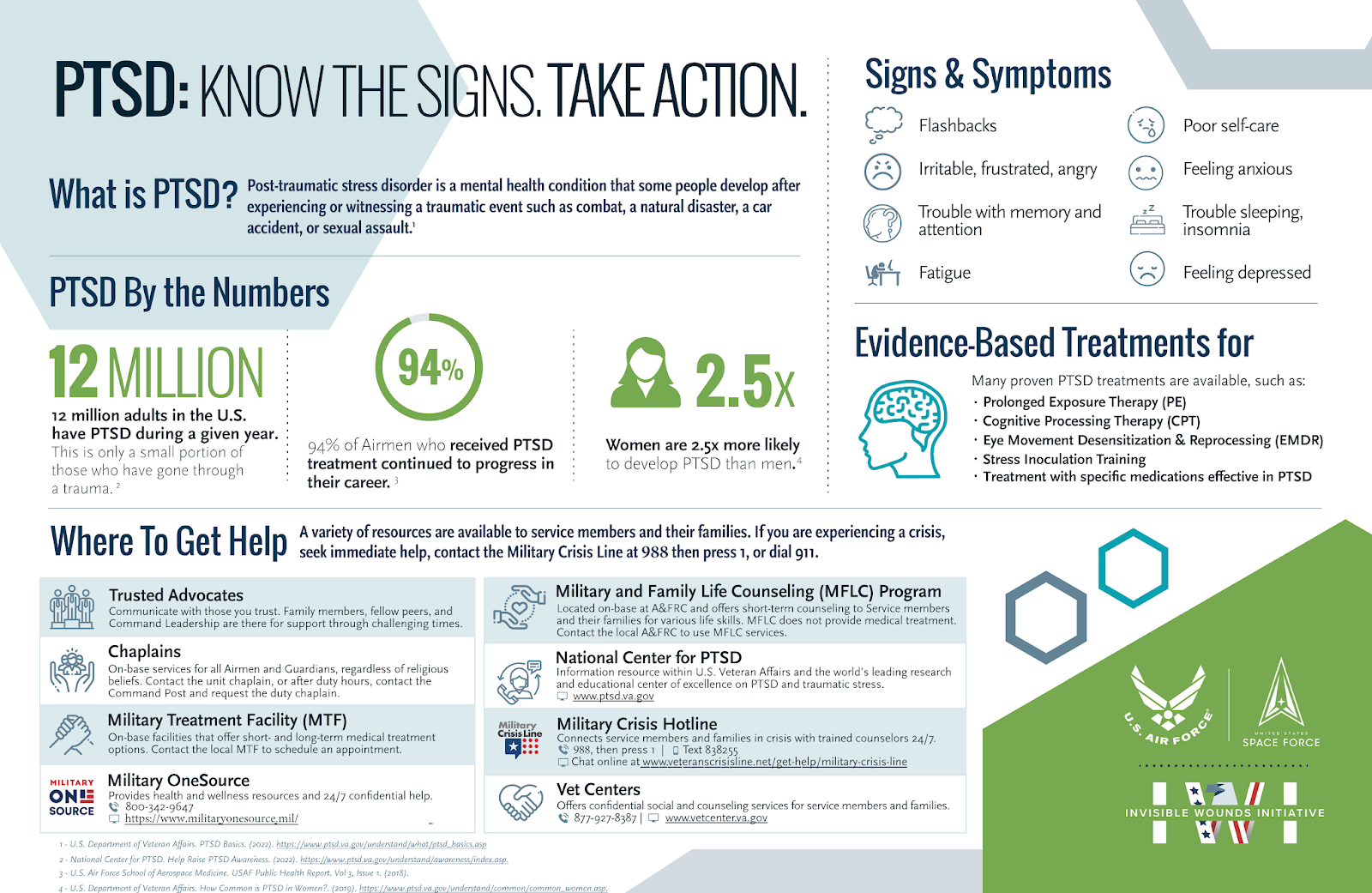Trauma has widespread effects. Recovery calls for a careful and thoughtful approach. Building resilience is not a one-size-fits-all process. It requires a personalised toolkit to empower survivors and strengthen support networks. This is what A toolkit for healing from trauma is all about.
We will explore the creation of a comprehensive Trauma-Informed Toolkit. This toolkit offers specific exercises, resources, and strategies. It helps survivors on their journey to resilience and healing from trauma.

Understanding Resilience:�
Resilience is the ability to bounce back from adversity. It is a process that involves adapting positively to life’s challenges. For trauma survivors, building resilience is a complex journey. It involves not only overcoming past experiences but also laying the groundwork for a healthier future.
The Trauma-Informed Toolkit:
1. Self-Reflection Exercises:
Begin building resilience by doing exercises. These exercises will help survivors explore their emotions and stories. One type of exercise is journaling prompts. These prompts will help survivors identify triggers, coping mechanisms, and personal strengths. Also, include mindfulness and grounding exercises. These exercises will help individuals stay focused on the present moment.
2. Psychoeducation Resources:�
Empower survivors with knowledge through carefully selected psychoeducational resources. Provide reading lists, articles, and documentaries. They offer insights into trauma and its effects on the brain. They also offer evidence-based therapeutic approaches. Include resources that explain the science behind trauma to demystify the healing process.
3. Professional Support:
Encourage survivors to seek professional help. Guide them in finding a therapist or counsellor knowledgeable about trauma. Explain different therapeutic approaches, such as EMDR or CBT. For example, EMDR is Eye Movement Desensitisation and Reprocessing. CBT stands for Cognitive Behavioral Therapy. Emphasise the importance of building a trusting relationship with a therapist. Trust is paramount when it comes to healing from trauma.
4. Building a Support Network:�
Offer practical advice on creating a strong support network. Encourage open communication with friends and family about individual needs and boundaries. Provide information about support groups, both in-person and online. Survivors can connect with others who have had similar experiences. Highlight the importance of understanding and validating each other within these networks. Working with others when healing from trauma can really benefit survivors, as they realise that they aren’t alone.
5. Mindfulness and Grounding Techniques:�
Dive into the specifics of mindfulness and grounding techniques. Give steps for exercises. Include deep breathing, body scan meditations, and sensory grounding activities. Provide tips on incorporating these practices into daily routines. Also, advice for adapting them to different settings.
6. Goal Setting:
Guide survivors in setting SMART goals. The acronym stands for Specific, Measurable, Achievable, Relevant, and Time-bound. Encourage them to break larger goals into smaller, achievable steps. Discuss the importance of celebrating even the smallest milestones. Then, offer ideas for self-reward systems. Highlight how goal-setting fosters a sense of control and agency.
7. Empowerment Through Creativity:
Discuss the therapeutic benefits of creativity in detail. Encourage survivors to explore different creative outlets, such as art, writing, or music. Provide prompts and exercises that promote self-expression. This will allow survivors to reclaim their stories. Explain how creative activities can help process emotions and promote empowerment.

8. Establishing Boundaries:
Explore the importance of healthy boundaries in healing. Provide practical strategies for identifying personal boundaries and effectively communicating them. Discuss setting boundaries in relationships. Also, offer guidance on navigating situations where boundaries may be challenged. Emphasise how boundaries create a safe and supportive environment.
Building resilience is personal. Healing from trauma needs a comprehensive approach.Survivors can become resilient by using the exercises, resources, and strategies in this toolkit.



Leave a Reply